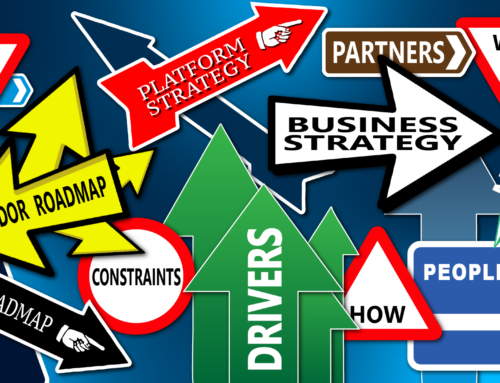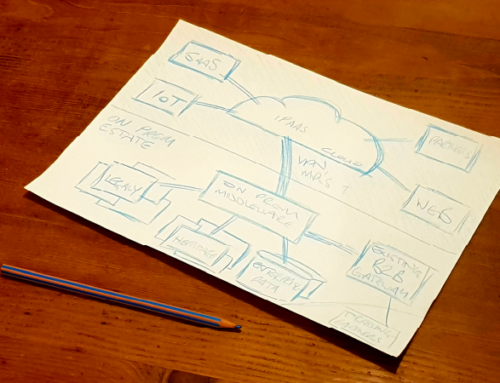If digital transformation is viewed as ‘another IT project’, you could be losing out on the chance to maximise success if you focus on traditional metrics.

Return on investment is a phrase common to anyone who needs to spend money on a business tool or activity. It usually starts with cold hard numbers at the foundation of the business case: initial investment; launch and rollout costs; ongoing operational expenditure for example. Whilst there is an element of guesswork to be done, in general you’ll have a good understanding of the ball park figure of the total cost of your project. Then you come to the rationale behind the expenditure and here we call upon even more metrics: operational efficiencies which equate to savings; reduction in man hours; increase in quality; improved outcomes; compliance with standards. These are all valid points when building a business case. But at the end of the day, your CFO will want to be assured that this is a rational investment for the business.
Is it time to think differently?
This traditional approach, focusing on numbers alone, can however lead to your organisation missing the point of a digital transformation programme – improving the customer or user experience is the critical outcome that will lead to improvements in quantifiable benefits. Until IT has the equivalent of actuaries or quantity surveyors to be able to relate these sorts of intangibles to concrete benefits, do we need a different way of looking at benefits.
Looking at your business from the outside for a moment, do you approach different customers in the same way? Of course, you’ll have revenue targets and growth objections, but you also have acquisition plans, upsell and retention plans, brand advocacy plans and a number of other strategies to attract, retain and delight your customers. Your marketing team knows that once someone has a connection with your brand, you then need to continue to work to keep them engaged and turn them into influencers, therefore bringing more customers on board.
When we look at internal programmes, too often people lose sight of the fact that colleagues are now customers. Shifting the success measures of a programme to focus on through life experience can be a daunting task, especially when your wired to focus on cost, but it could be the tipping point between success and failure. Organisations consist of people using systems to do their jobs efficiently and effectively.
Digital transformation is about making those systems work harder, smarter and faster for those people to drive business growth. Success of your transformation programme depends on those people adopting, and more importantly sticking with, the solution you deploy. If you focus on delivering delight in your user experience, you’ll retain those internal customers and turn them into advocates for your programme. Ultimately, if you arrive at a fixed milestone in your programme and you are on budget and on time but your customers aren’t interested, can you really call that a success?








